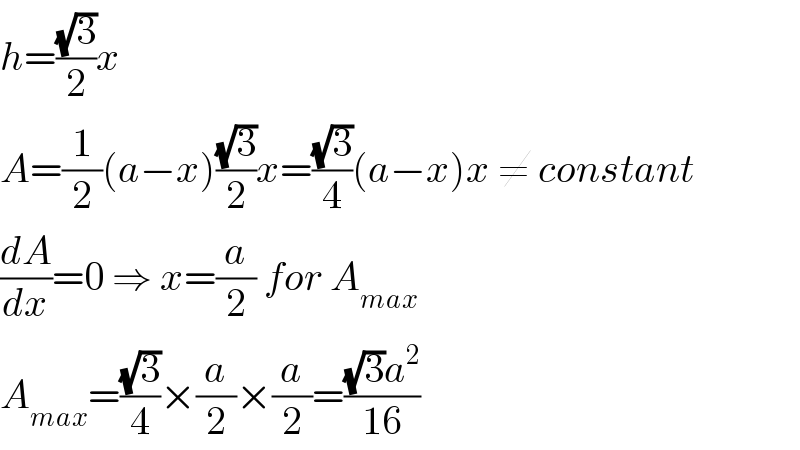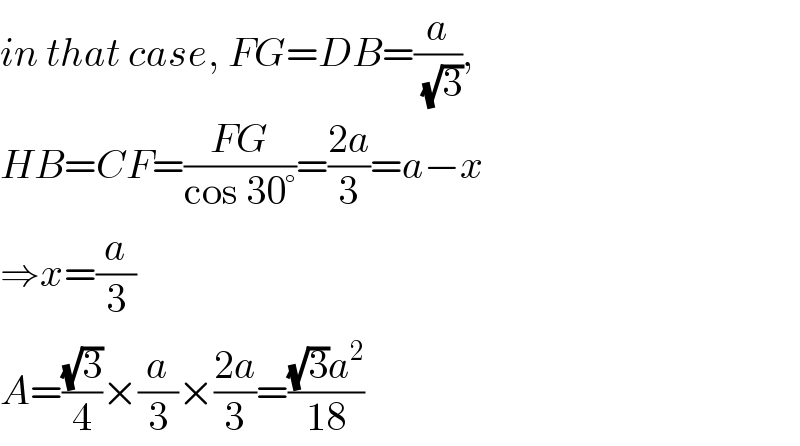
Question and Answers Forum
Question Number 73137 by behi83417@gmail.com last updated on 06/Nov/19

Commented by behi83417@gmail.com last updated on 06/Nov/19

Commented by mr W last updated on 06/Nov/19

Commented by behi83417@gmail.com last updated on 07/Nov/19

Commented by mr W last updated on 07/Nov/19

Commented by mr W last updated on 07/Nov/19

Commented by behi83417@gmail.com last updated on 07/Nov/19

Commented by mr W last updated on 07/Nov/19

Commented by behi83417@gmail.com last updated on 07/Nov/19

